Visual health: focus on amblyopia
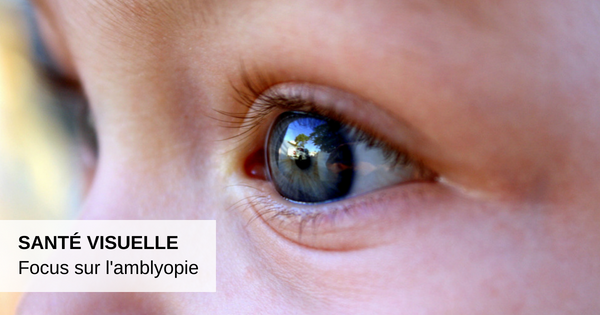
Do you know what amblyopia is ? This eye disorder, also called lazy eye syndrome , affects thousands of children! It results in a decrease in the visual acuity of one of the eyes. This lack of use of an eye is usually reversible, provided it is treated in time. What are the causes and how to take care of it? Focus on amblyopia !
Amblyopia: what is it?
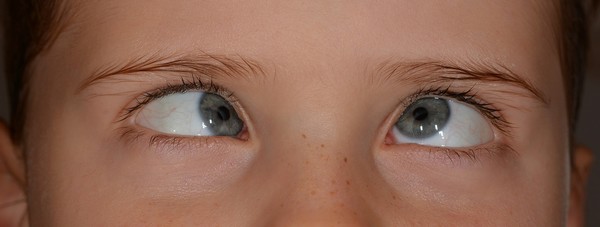
The motor and sensory learning of a newborn baby is tedious and time-consuming! The main thing is often coordination: its members work, but it will have to learn to feel and walk; his ears hear but he will have to learn to locate and listen; and that's also the case with his eyes! If they see, he will have to learn how to use them. This involves focusing , but also coordinating the eyes to create a stereoscopic vision .
Sometimes, however, during the first years of the child, an eye does not develop properly. Whether it is a strabismus , an ocular disease or a significant difference in acuity , it follows that the brain then penalizes the offending eye and bypasses it. The child then becomes accustomed to seeing only with the most effective of his two eyes: it is amblyopia .
So it's the brain and its neural connections that are responsible for it, not the eyes as you might think!
Detect an amblyopia
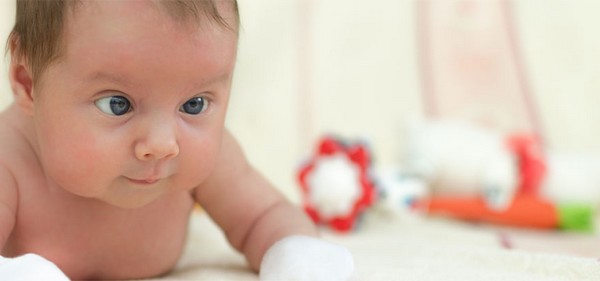
In the child with amblyopia , the penalized eye, the "lazy", is less and less solicited. The result is a loss of the notions of contrast, perspective and depth . For these reasons, if a suspicious child (the popular belief is false, babies do not all breed at birth), seems clumsy or seems to favor one side of the head, it is essential to consult an ophthalmologist !
The role of parents, but also opticians when they are solicited, is then primordial and for good reason: detected early (ideally before 4 years), amblyopia is easily corrected, if not totally. In some cases, it is detectable from three months, thanks to the baby-vision test performed by ophthalmologists .
Also, our member Essilor has dedicated a parent help page to quickly identify newborn vision problems .
How to treat amblyopia?
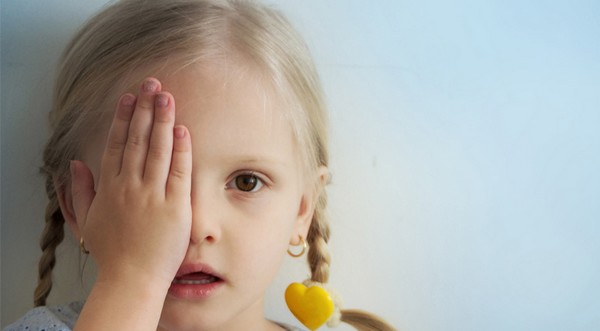
To treat amblyopia , it's all about making the "lazy" eye work! This is necessary at the earliest to take advantage of the cerebral plasticity of the child: it is indeed the brain that is re-educated when we hide the eye that sees well.
The ophthalmologist will prescribe a battle plan adapted to each amblyopic child:
- Wearing glasses and / or an eye patch:
The glasses help correct the sharpness of the eye or eyes. They can also hide the vision of the most powerful eye through a filter or tinted glass . The "lazy" is then forced to get to work! An eye patch is also used for occlusion , to be worn gradually from a few minutes to several hours a day.
Electronic glasses , the Amblyz , now exist, although they are still little distributed in France.
- By consulting an orthoptist:
Eyes can also do gymnastics ! The orthoptist offers visual rehabilitation sessions via eye exercises to coordinate the work of the eyes so that they work again as a team.
- By operating it:
Also aesthetic, surgery amblyopia can realign the eyes mechanically . This is indeed recommended in case of strabismus . The operation thus attenuates or eliminates the deviation of one eye from the other.
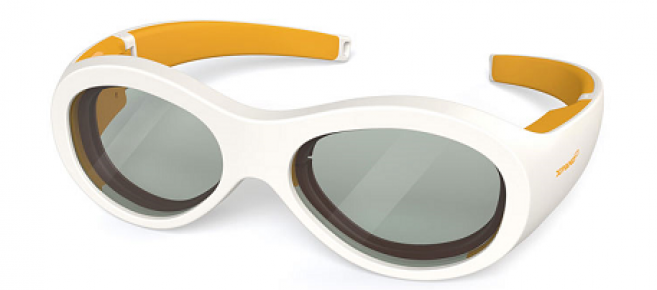
Bothering parents and children, the treatment of amblyopia is however effective! From a few weeks to several years, it depends on the type of this one but also the early detection. The sooner the better, as so often. So, if in doubt, never hesitate: invite to consult an ophthalmologist!


